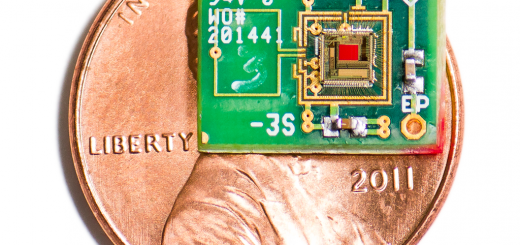Are Your Clothes Smart Enough?

Summer may be over in Scotland but Stanford engineers have developed a textile that can cool the body better than other natural or synthetic fabrics. The lost-cost material can reduce body heat almost 4 degrees Fahrenheit more than cotton clothing – which could reduce energy consumption through air conditioning1.
The textile cools the wearer by allowing body heat to escape in two ways: as evaporating perspiration and as infrared radiation. Like with ordinary fabrics, perspiration can evaporate through this new material. However, our bodies also release heat through infrared radiation; this is what makes us visible through night-vision goggles. In fact, when just sitting in an office, up to 60% of our body heat is lost in this way. The material’s innovation comes through a mechanism that allows body heat, in the form of infrared radiation, to also pass through.
Combining nanotechnology, photonics and chemistry, the researchers altered polyethylene, the clingy, clear plastic used as kitchen wrap, to achieve several desirable characteristics: the ability to allow air, water vapour and thermal radiation to pass through, while still being opaque to visible light. Two sheets of this treated polyethylene were then combined with a separating sheet of cotton mesh, making the material stronger, thicker and more like ordinary fabric. When two swatches – one of this new textile, one of an ordinary cotton fabric – were placed on a surface as warm as bare skin, the surface was 3.6F cooler with the new textile than with the cotton fabric.
Other developments in clothing technology could benefit a variety of people in demanding conditions, such as soldiers, outdoor workers and even hospital patients. Patients often feel cold after surgery – most commonly rating being cold, not being in pain, as the most unpleasant aspect of being in hospital. A ‘smart’ blanket could measure body and room temperature and adjust its own temperature to suit the needs of each individual patient2.
Meanwhile in the larger wearables world, technology is being combined with everyday clothing in a number of ways. Companies such as OMSignal have already released smart sports bras and shirts that track a range of fitness metrics, from calorie burn and heart rate to breathing efficiency3. It might not be long until our everyday underwear gives us valuable insights into our health – not just our hygiene.










